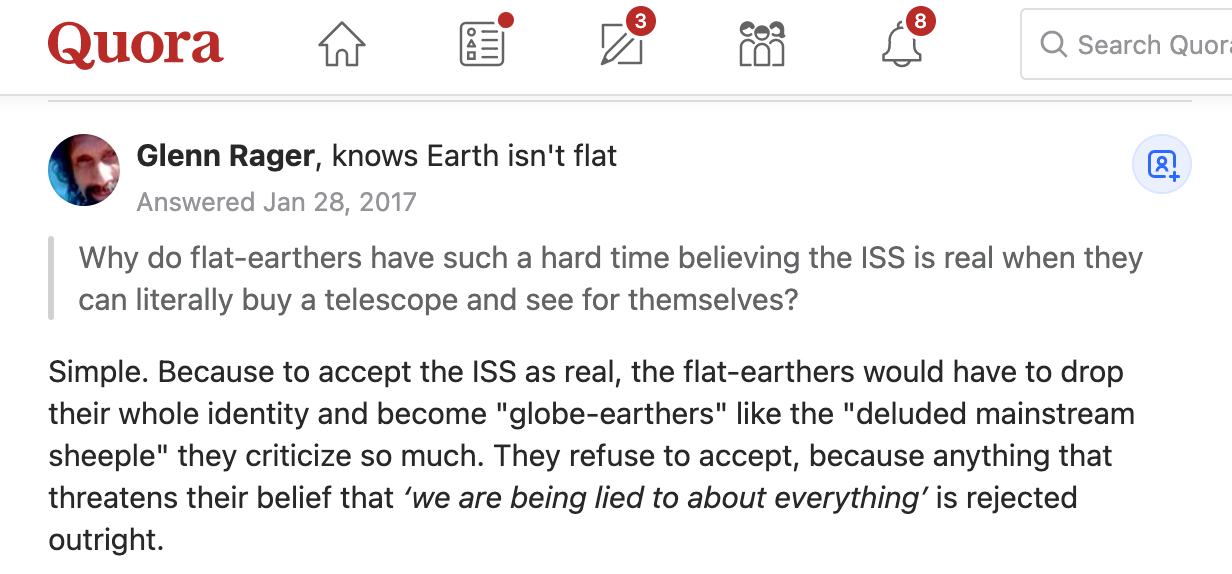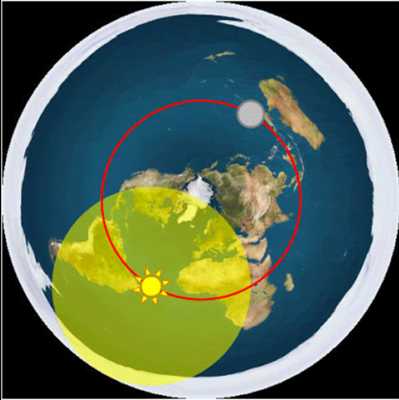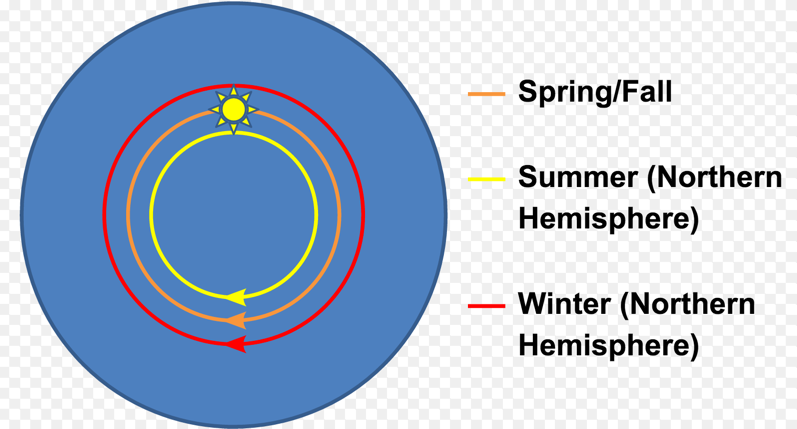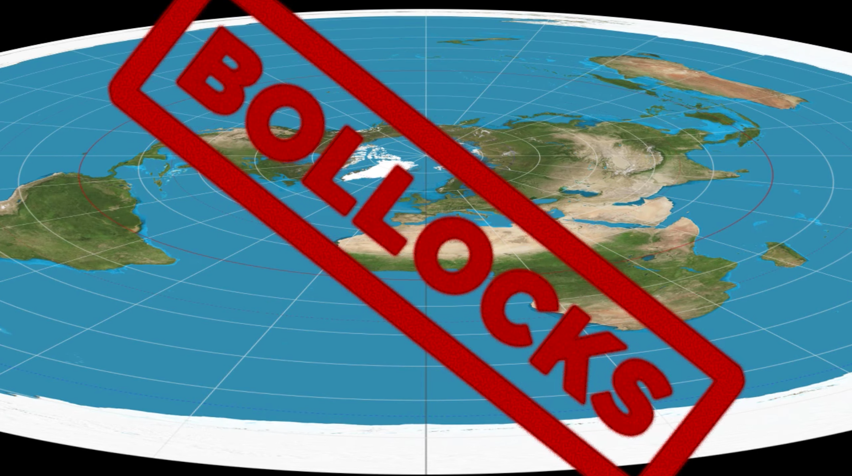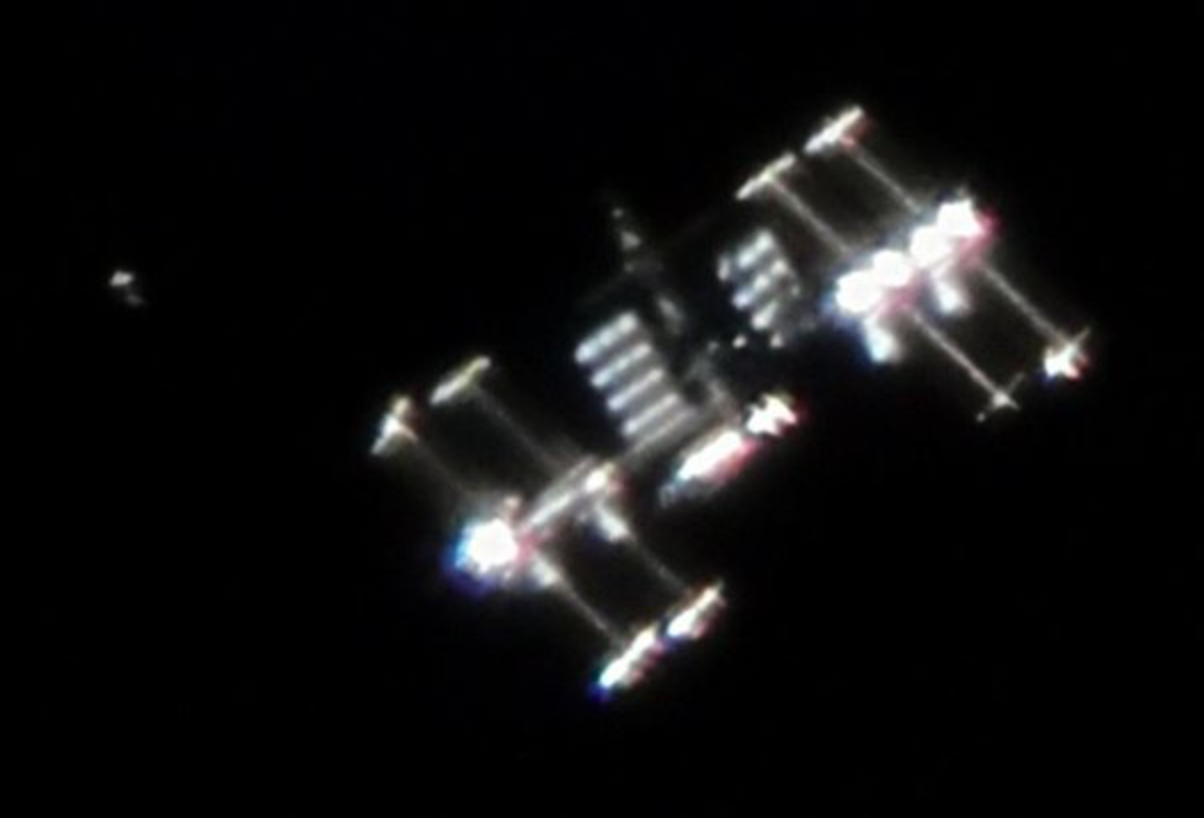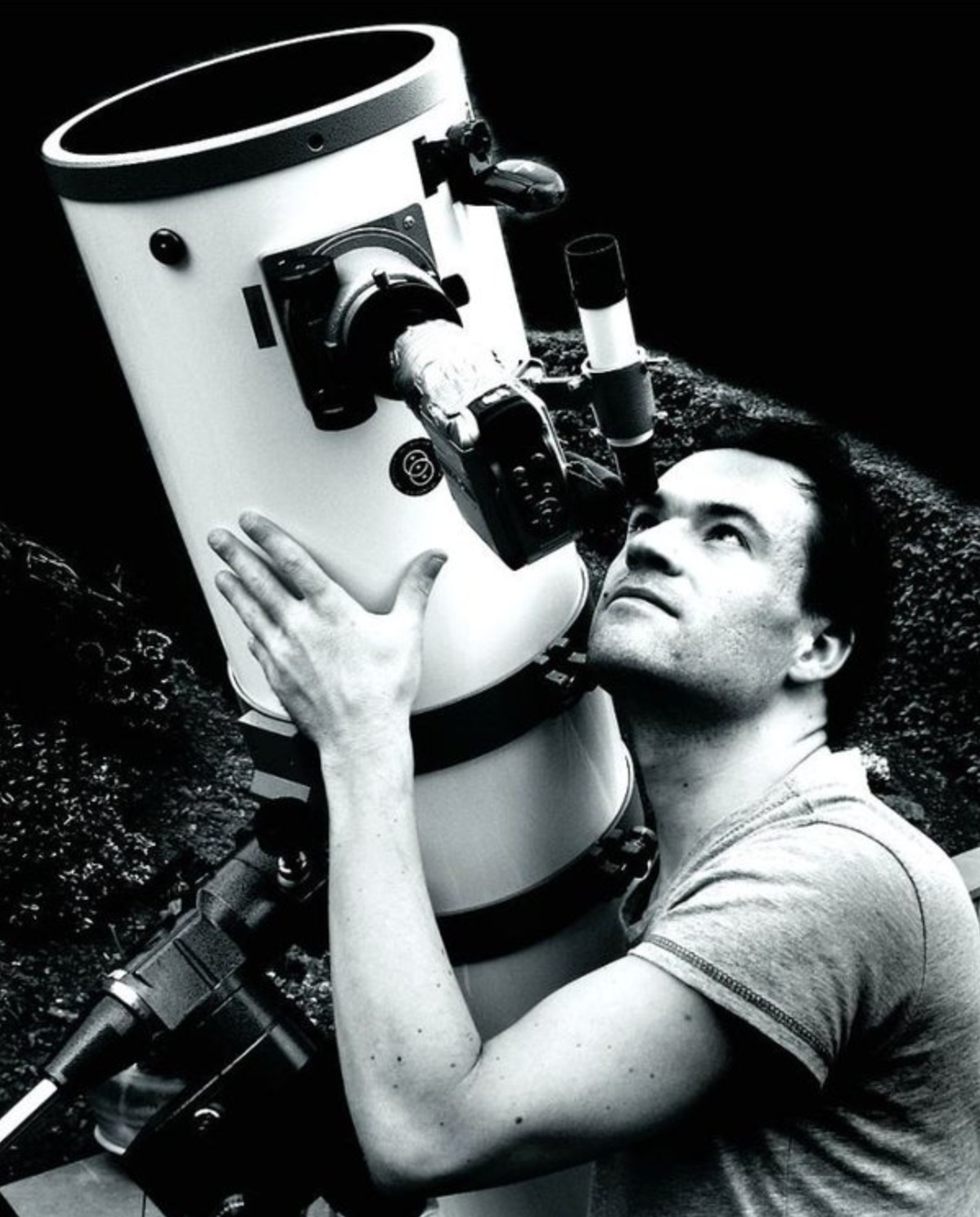Brian Mullin - Balls Out Physics Episode 4.0: The ISS, Satellites, and the Thermosphere
Dear Brian Mullin,
Its sad that you fell off the cliff into flat Earth stupidity, simply because you don't understand physics and thermodynamics.
Fact check = You FAIL
HEAT and TEMPERATURE are not the same thing.
They are each a different measurement of the motion of atoms.
But in space (or the Thermosphere), IF THERE ARE NO ATOMS, there is neither heat or temperature.
Standard sea-level pressure, by definition, equals 760 mm (29.92 inches) of Mercury, 14.70 pounds per square inch.
In the Thermosphere, at a height of 250 miles above the Earth's surface, the atmospheric pressure is (.000029529983 inches) of Mercury.
Infinitesimally less.
Conclusion 1:
You don't understand the difference between heat and temperature. That has led to your errors in the video.
So even though the few atoms in the Thermosphere have a TEMPERATURE of around 1,500 degrees, so what, because the total amount of HEAT there IS VIRTUALLY ZERO.
Got it?
HEAT energy is the total kinetic energy of the atoms of a substance.
TEMPERATURE is the average kinetic energy of the atoms of a substance.
Its OK that the TEMPERATURE of the thermosphere is 1,500 degrees. That's the kinetic energy of the very few atoms that exist in that area.
The average orbital height of the ISS is 249 miles.
How hot is the space vacuum outside the ISS?
Without thermal controls, the temperature of the orbiting Space Station's Sun-facing side would soar to 250 degrees F (121 C), while thermometers on the dark side would plunge to minus 250 degrees F (-157 C).
The main constituents of the thermosphere is oxygen (O), nitrogen (N), and helium (He). These atoms become very very hot thru the absorption of X-ray and UV radiation from the Sun.
But because the atmospheric pressure of the thermosphere is 1/1000th of that at sea level (14.7 pounds per square inch), the overall temperature is very cold. Because it is virtually a vacuum there is not enough contact with the few atoms of gas to transfer much heat.
Also, the ISS is well insulated to keep the heat in for the astronauts.
Fact Check...
Heat can transfer in three different ways...
Conduction...
Heat up one side of a metal bar and the other side will get hot also.
Convection...
Circulating air can transfer heat from one side of a room to another.
Radiation:
In the vacuum of space radiation is the only way that heat can transfer.
Photons of energy get absorbed by and object, warming it up. At the same time, other photons are radiating back into space. If an object absorbs more photons than it emits, it will heat up.
So bare metal on the ISS can get as hot as 121 degrees Celsius.
So in the shade behind the ISS, an object can cool down to -157 degrees Celsius.
Conclusion 2:
Go back to school and retake a physics 101 class.
- - -
Update: July 4, 2020
One of the Best Pictures Ever Taken of ISS from the Ground. You Can Even See the Canadarm2, by Nancy Atkinson of universetoday.com
(https://www.universetoday.com/146830/one-of-the-best-pictures-ever-taken-of-iss-from-the-ground-you-can-even-see-the-canadarm2/)
Excerpt:
"Astrophotographer Thierry Legault is renowned for his amazing shots of spacecraft transiting the Sun. He’s now outdone even himself.
On June 24 and 25, 2020, Legault captured the International Space Station passing in front of the Sun with such clarity, even the station’s robotic arm, the Canadarm2, is clearly visible. The docked SpaceX Dragon capsule can also be seen. These latest masterpieces from Legault are the most detailed ISS images captured from Earth yet.
Legault credited some new equipment for the increased clarity.
“My new CFF apochromatic triplet 8″ refractor I bought 2 weeks before the shots seems to be optically very good,” he told Universe Today via email. “Focusing is critical and is always a challenge, especially nowadays because there are no sunspots. I had to focus on the solar limb, and fortunately, at the distance of the ISS, there’s no difference in focusing between the Sun and the ISS.”
Legault said the camera he uses, and Olympus E M-1 II, has the fastest continuous shooting: 60 frames per second in 20 Mpix Raw mode. But he has less than a second to capture the space station’s pass in front of the Sun....."
(Please read this full article at the URL posted above)
-
Website of Thierry Legault - http://www.astrophoto.fr/
YouTube video at - https://www.youtube.com/watch?v=Bku76sBWwME
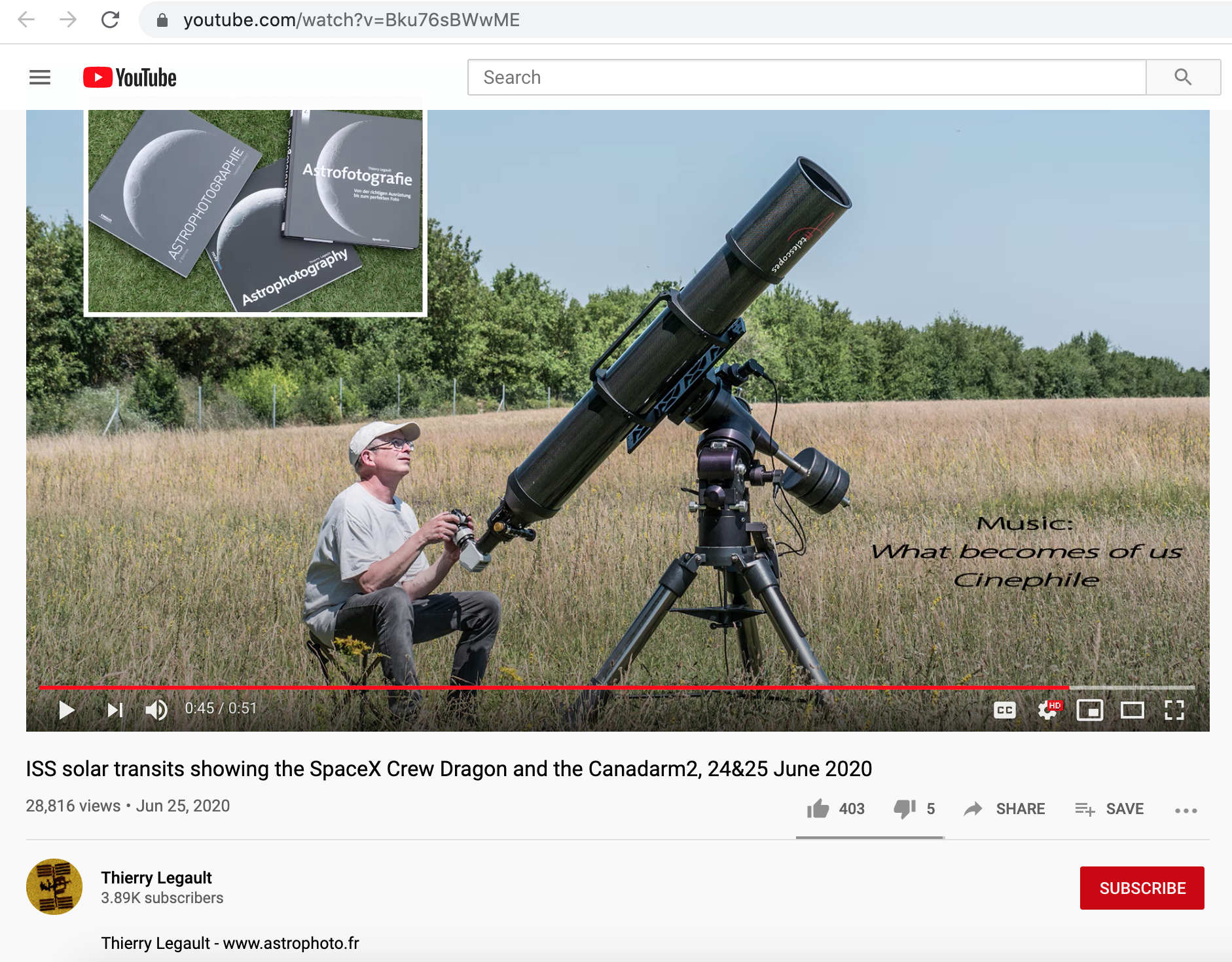
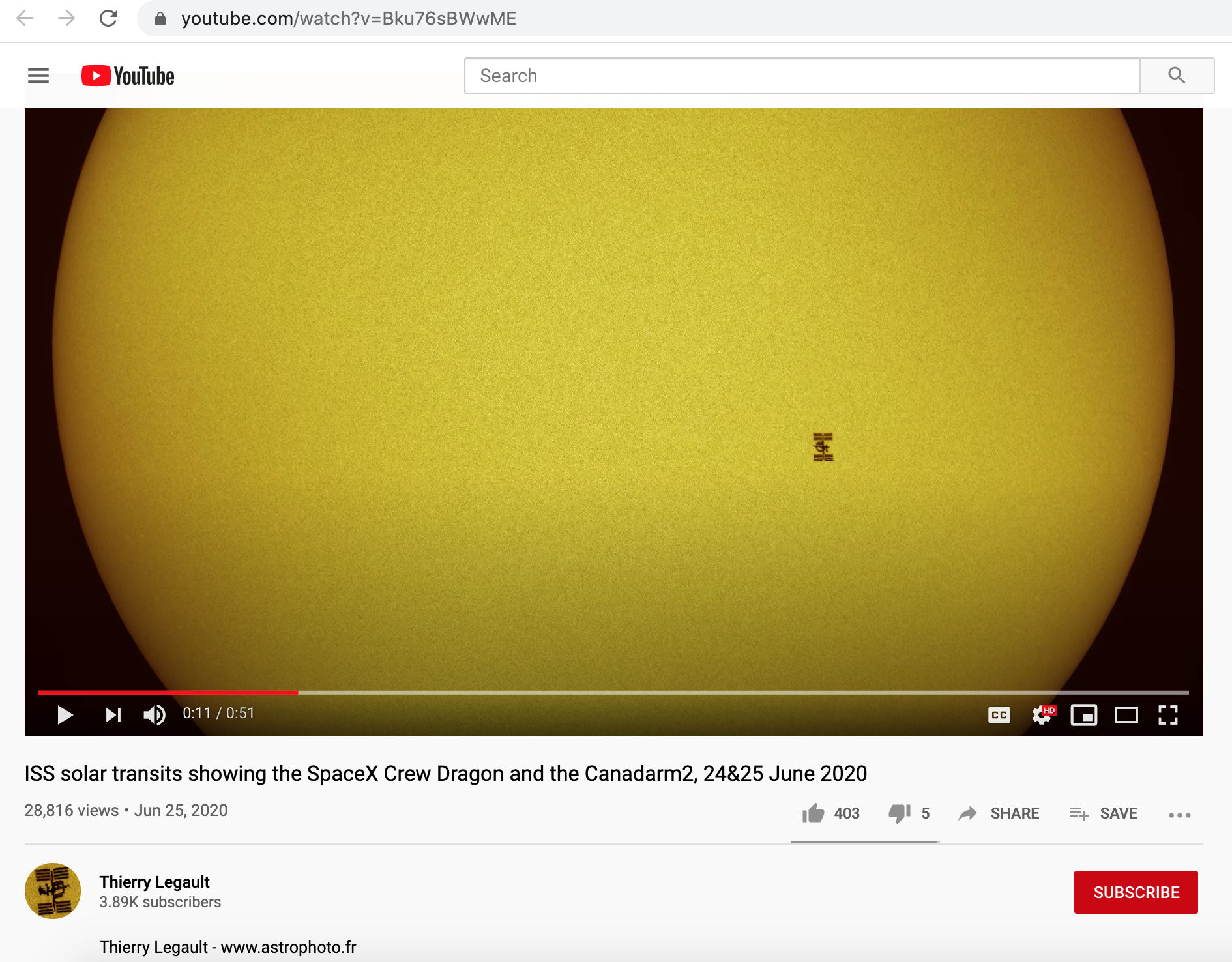
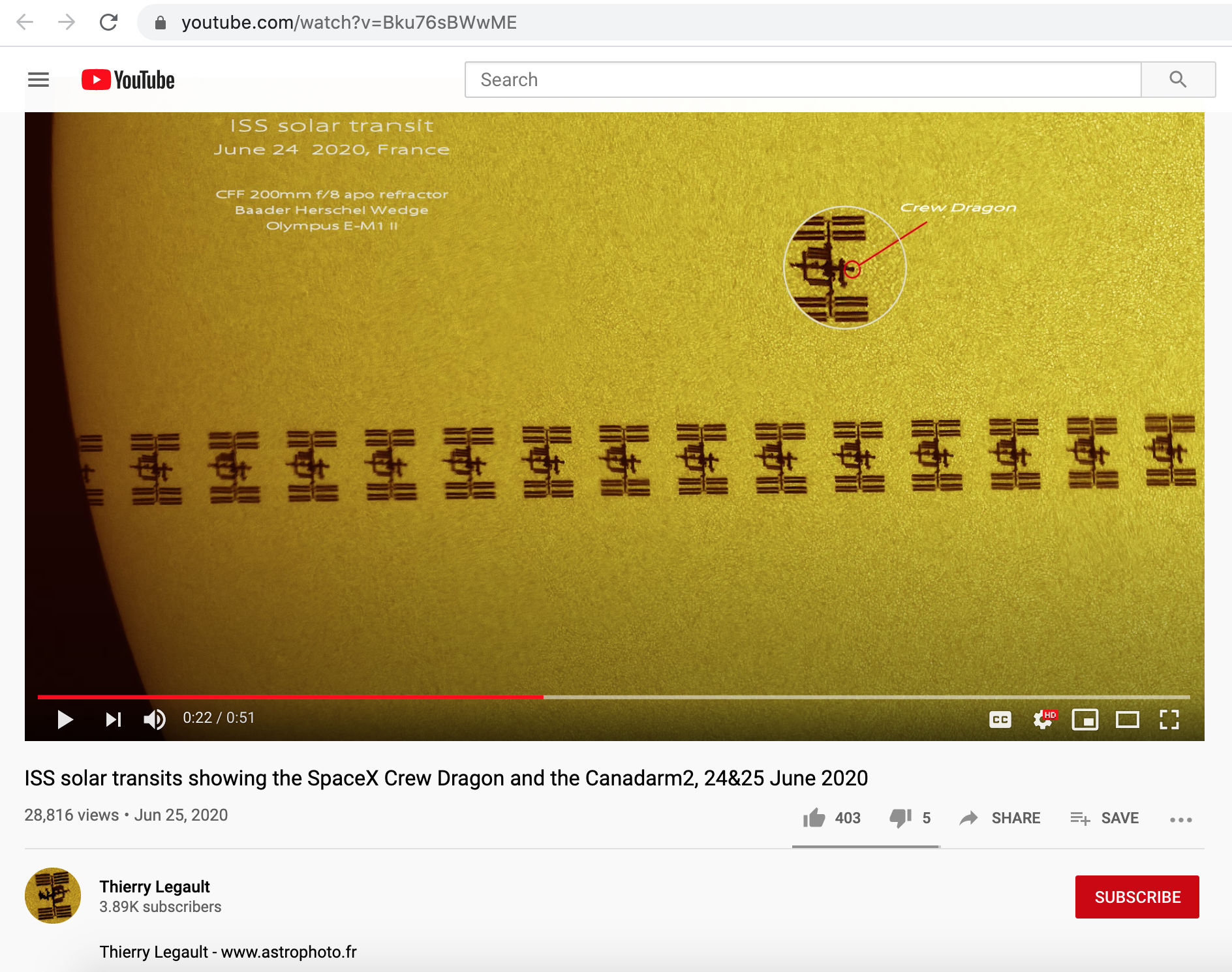
Solar transit of the ISS on June 24, 2020 showing the SpaceX Crew Dragon docked to the station. The multiple exposures were taken in less than a second, at 60 frames per second. Credit and copyright: Thierry Legault.
- - -
Posts at - https://plus.google.com/112395025400327394667/posts
Discussion at - https://www.youtube.com/channel/UC7ipUKERU0tzYFxALJBli4A/discussion
his deleted Video at..
(https://www.youtube.com/watch?v=_HaCEMy28u4)
Live mirror video currantly at..
https://www.youtube.com/watch?v=N09ItYiSkj4&list=PLYI8318YYdkD_VW7u3EMBq-MeNIuHRnb4&index=5
kind regards, JonahTheScientist
- - - - - - - - - - -
(http://cephalicvein.com/2016/05/kcal-to-cal/)
(http://www.sciencescene.com/Environmental%20Science/05Atmosphere&Climate/SUPPORT/Layers%20in%20the%20Atmosphere/profile.gif)


- - -
Update: February 5, 2022
Why do flat-eathers have such a hard time believing the International Space Station (ISS) is real when they can literally buy a telescope and see fo themselves?
https://www.quora.com/Why-do-flat-earthers-have-such-a-hard-time-believing-the-ISS-is-real-when-they-can-literally-buy-a-telescope-and-see-for-themselves
